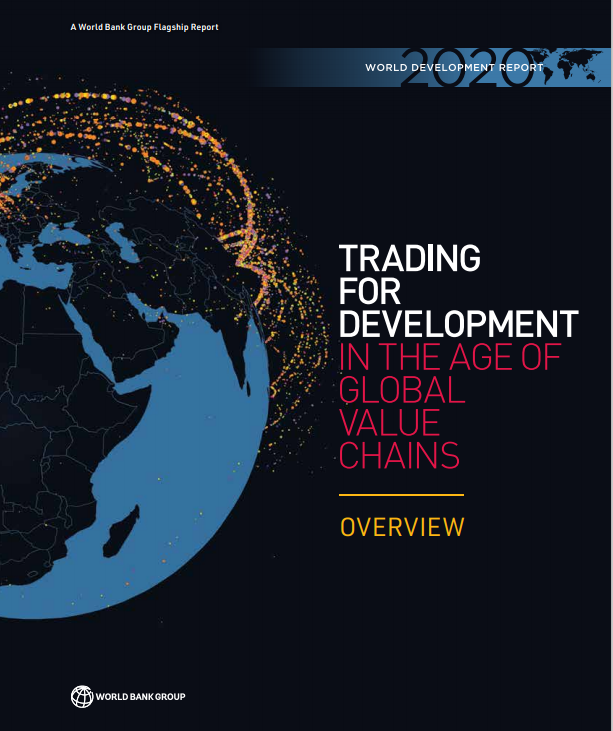
"International trade expanded rapidly after 1990, powered by the rise of global value chains (GVCs). This expansion enabled an unprecedented convergence: poor countries grew faster and began to catch up with richer countries. Poverty fell sharply.
These gains were driven by the fragmentation of production across countries and the growth of connections between firms. Parts and components began crisscrossing the globe as firms looked for efficiencies wherever they could find them. Productivity and incomes rose in countries that became integral to GVCs … .
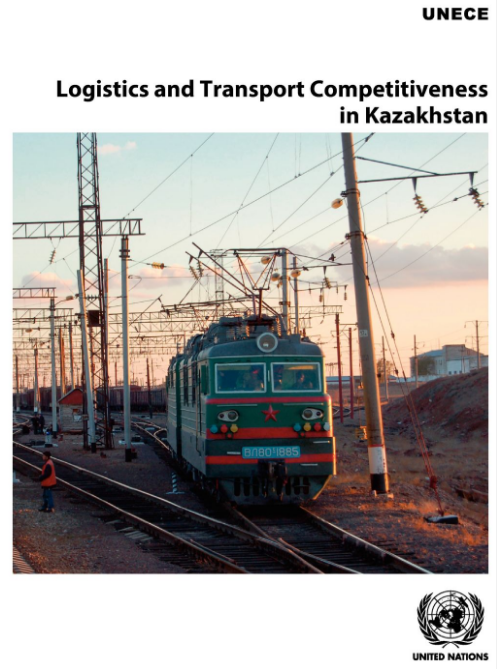
This UNECE commissioned study identifies the transport infrastructure and services available in Kazakhstan, reviews the country’s extensive recent and future transport investments, and sets out recommendations to ensure its transport network is ready to harness the growth in inland transport from rising East-West trade.
Read more … Logistics and Transport Competitiveness in Kazakhstan
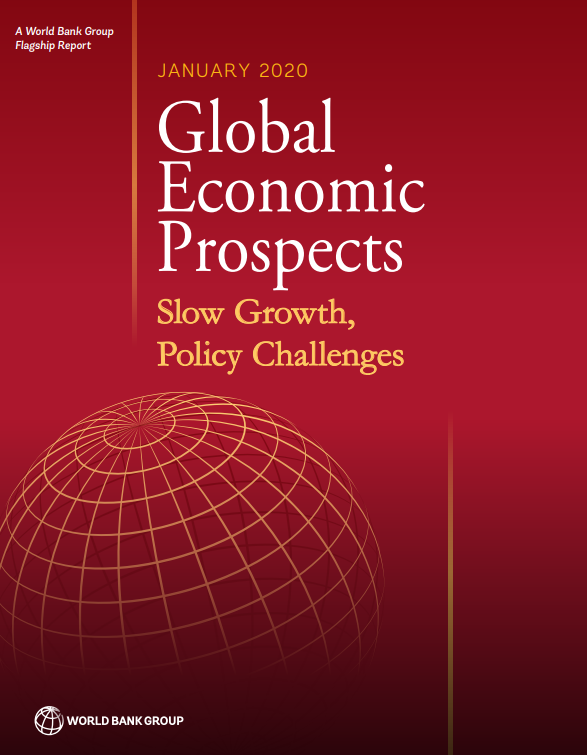
The World Bank has issued its Global Economic Prospects for 2020. The document states that economic growth in Central Asia is forecasted at 4.4%. Economies in the region are exposed to economic developments of key trading partners, in extractive sectors and success of the Central Asian countries in implementing structural reforms in improving the business environment and restructuring state companies and improving competition.
Read more … Global Economic Prospects, January 2020: Slow Growth, Policy Challenges

From Egypt to Turkey, Bosnia and Herzegovina to Kazakhstan, here is the story of how EBRD's work is delivering impact across its regions of operations.
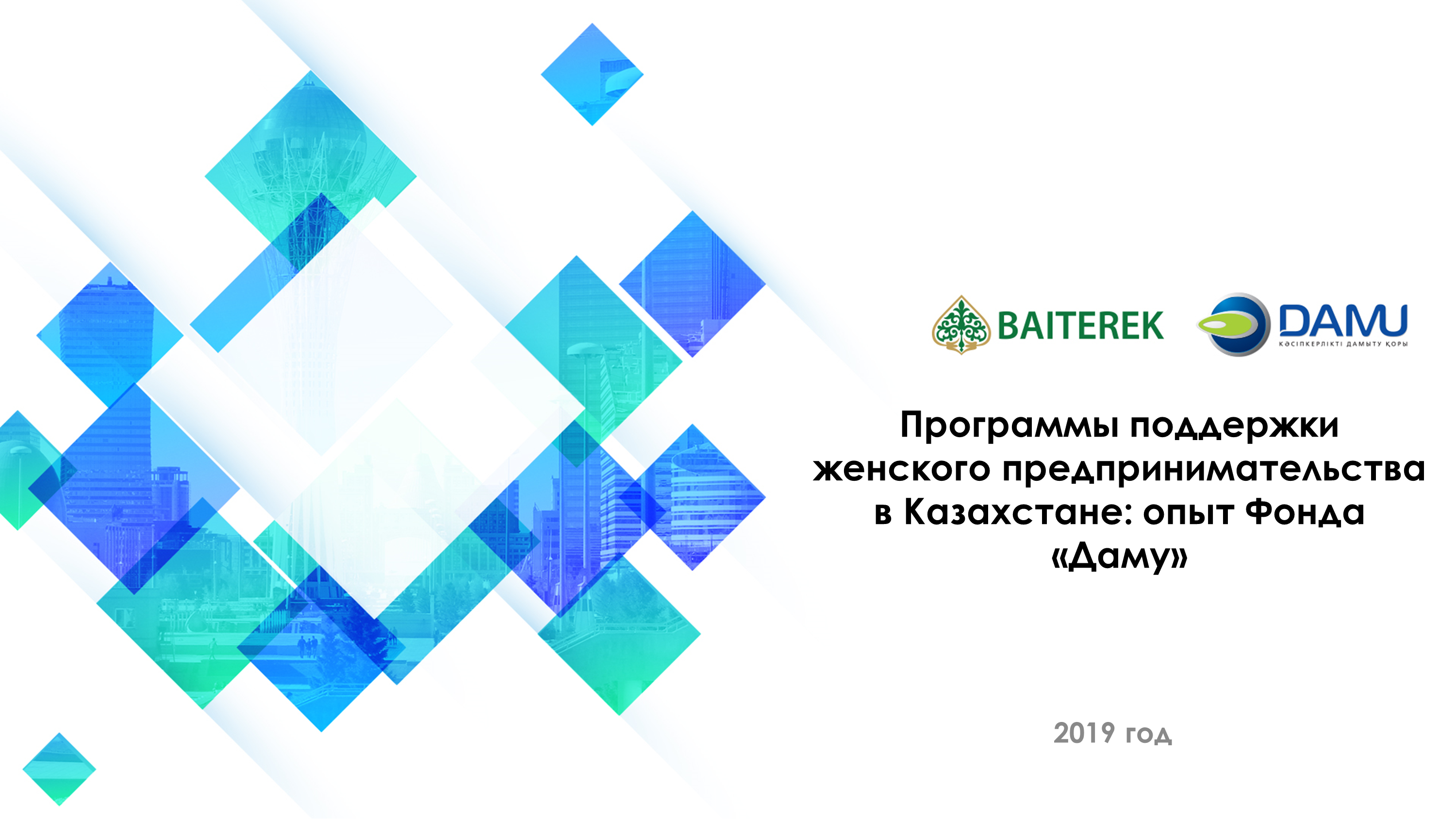
“DAMU” Entrepreneurship Develeopment Fund has prepared an overview of its work in the field of women entrepreneurship development. The document includes an overview of experiences and results of the partnership programmes with international financial institutions, such as EBRD, ADB as well as its own financing programmes.
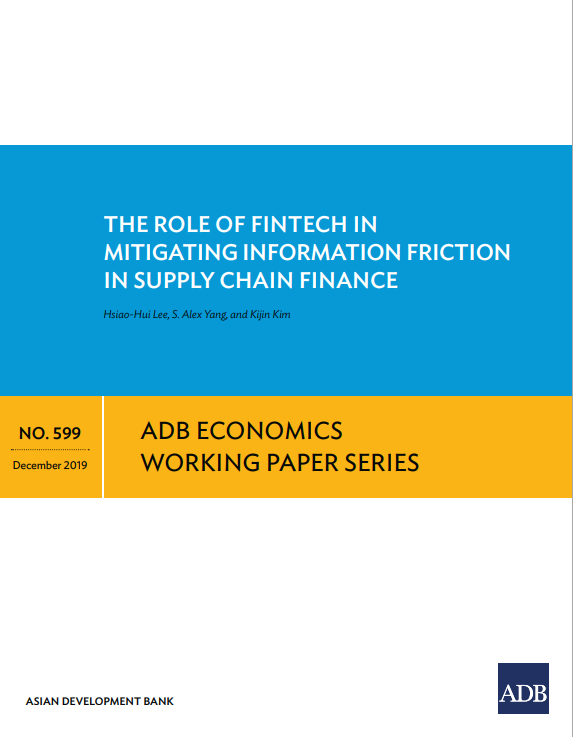
Authors state that recent financial technologies (fintech) can improve supply chain finance efficiency. They therefore propose a conceptual and analytical framework to study how fintech can close the financing gap by reducing information friction.
Read more … The Role of Fintech in Mitigating Information Friction in Supply Chain Finance
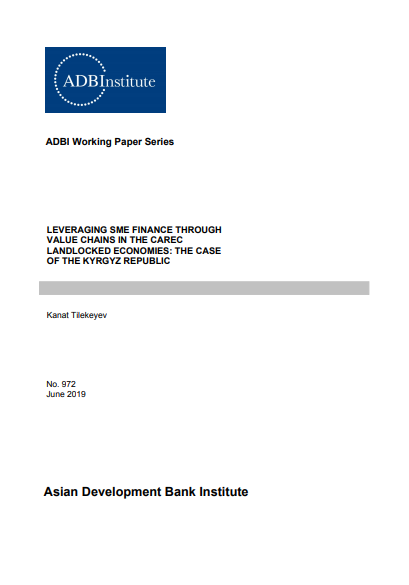
This document describes state, regulative framework and recent developments in leveraging access to finance for micro, small, and medium-sized enterprises (MSMEs) in the Kyrgyz Republic through global value chain examples. Access to finance in the Kyrgyz Republic is growing and demonstrates improvement of financial inclusion of companies in the SME sector as well as of individual entrepreneurs and peasant farmers.
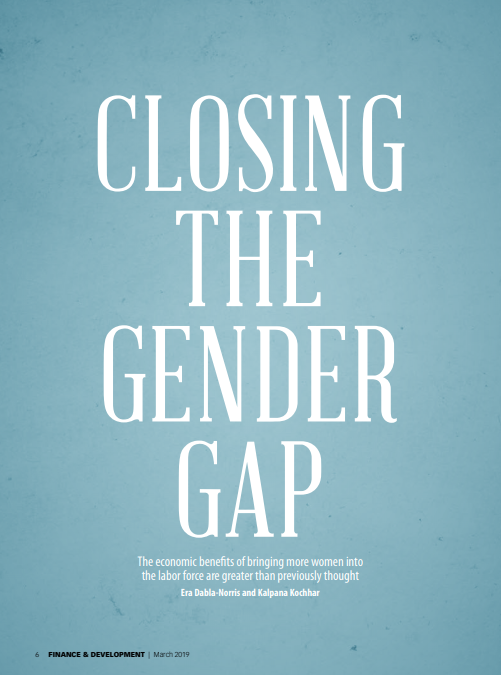
Women help economic growth, and growth in turn helps women, the world is now discovering. One of the issues of the IMF’s Finance & Development magazine, explores why empowering women is not just the right thing to do, it also makes economic sense.
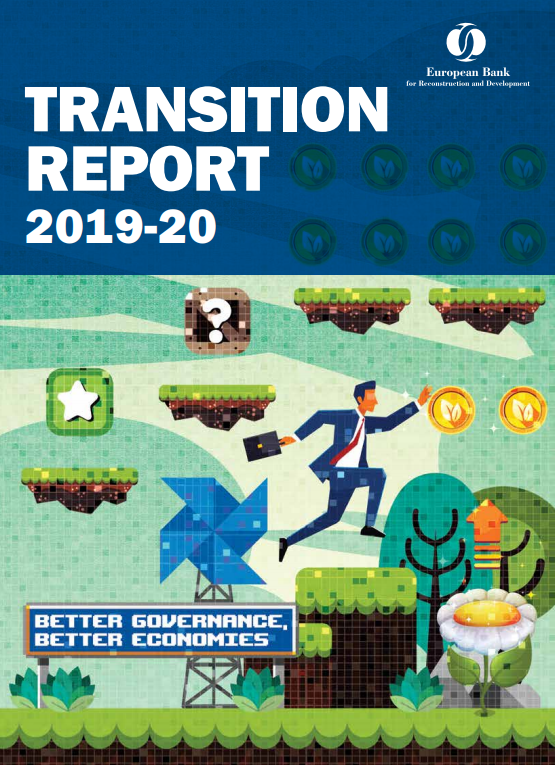
The EBRD’s most recent annual Transition Report documents trends in governance, showing that good governance is important for economic growth, quality of life and the natural environment. It also looks at green governance and how to improve the green credentials of firms. The key message of this year’s report is that improvements in governance can create a significant payoff in terms of growth.
Read more … EBRD Transition Report 2019-20 - Better Governance, Better Economies
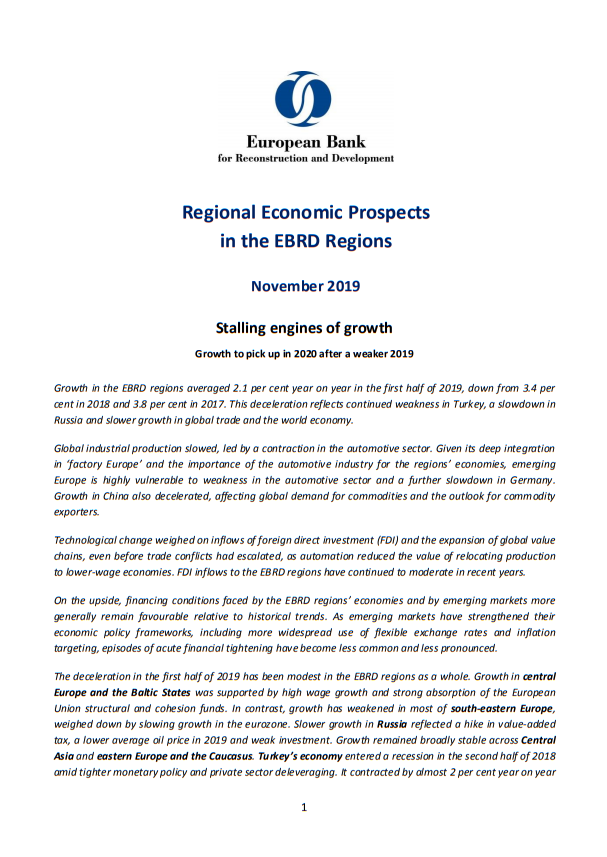
The EBRD published its review of economic development in 2019 and growth forecasts for 2020 in regions of its operations. According to EBRD, the Central Asian region as a whole is forecasted to expand on average by 4.9 per cent in 2019 and 4.7 per cent in 2020. The document provides brief individual economic overviews, information on growth constraints and drivers for each country.
Read more … Economic Prospects and Growth Forecasts for the EBRD Regions
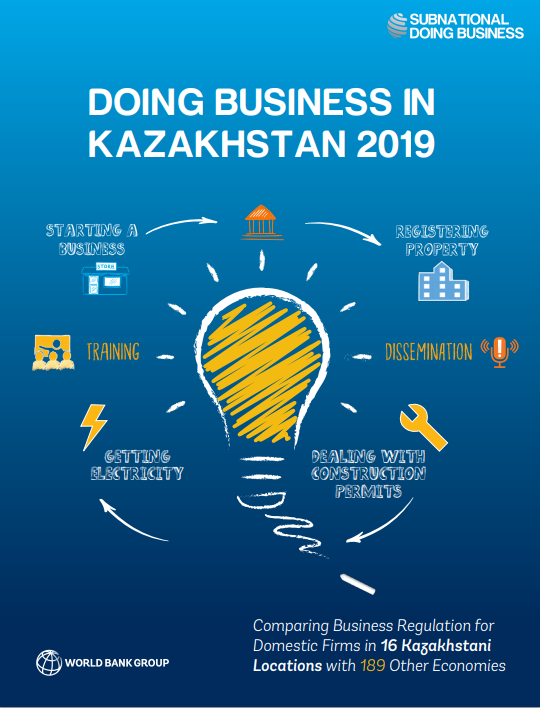
Doing Business in Kazakhstan 2019 is the second subnational Doing Business study for Kazakhstan. The study measures business regulations affecting four stages in the life of a small to mid-size domestic firm—starting a business, dealing with construction permits, getting electricity and registering property—across 16 locations in Kazakhstan:

A short history on how and why European Bank for Reconstruction and Development was setup back in 1989 at the times of the fall of the Berlin Wall.
The article can be accessed on the EBRD website via the following link.
Source: EBRD


